Morphological description Life history Distribution Habitat Roost sites and roosting patterns Emergence and flight pattern Foraging behaviour Echolocation calls Status and protection
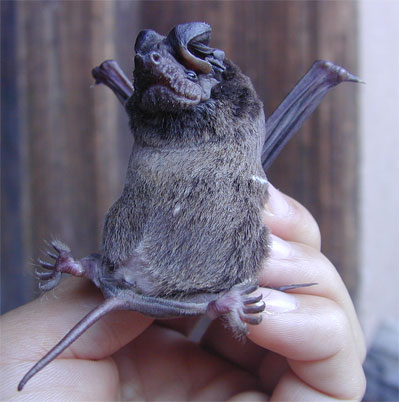
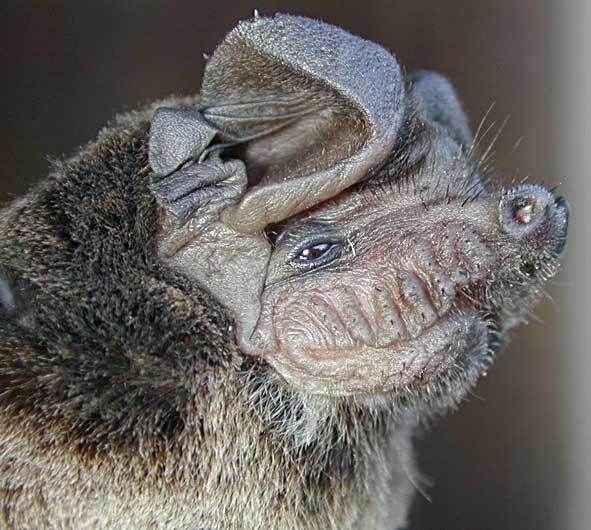
Morphological Description
· Dorsal fur is dark brown. Ventral fur tip is slight white.
· Average forearm length 46.1 -51.7 mm .
· Average weight 17.2 -24.1 g (as given by Dr. Libiao Zhang).
· Wings very narrow and long.
Life history
· Mate in autumn and winter.
· Single young is born in early May (as given by Dr. Libiao Zhang).
Distribution
widely distributed in southern asia: southern China, India, Sri Lanka, Burma, Thailand, Cambodia, Vietnam, Malaysia, Sumatra, Borneo, Java, Philippines, Indonesia (Corbet & Hill 1992). The Chinese distribution is shown by dots on the map (as given by Zhang et al. (1997).
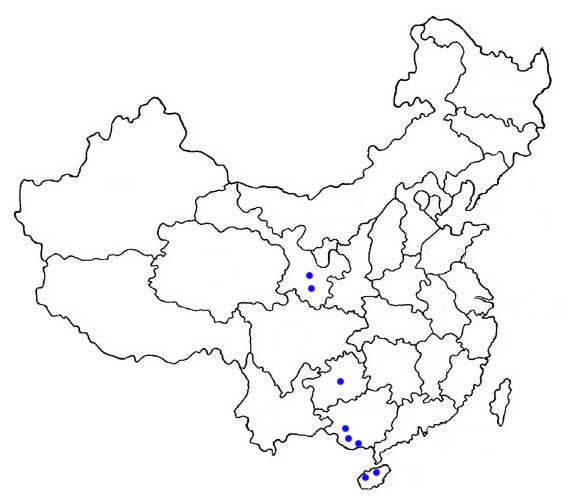
Habitat
· Little known.
Roost sites and roosting behaviour
· In Guangxi province, large caves are the key roost site for this species that can form huge colonies. This bat species in Feishu Cave contain more than 100 thousand individuals (see photo below).
· Summer roost: nursery roosts are found from the end of April to November in Feishu Cave , Guiping, Guangxi (as given by Dr. Libiao Zhang)
· Winter roost: the bats in Guangxi migrate to Hainan island.
· This species often shares roosts with other bat species.
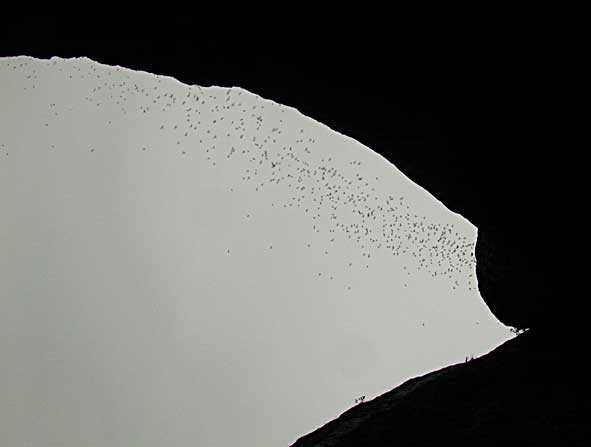
Emergence and flight pattern
· Narrow wings and a high wing loading and aspect ratio mean that this species flies rapidly and is not very manoeuvrable.
· Emerges before sunset, and emergence lasts for over two hours at Feishu Cave in Guangxi.
Foraging behaviour
· The diet mainly consists of Coleoptera and Lepidoptera (as given by Dr. Libiao Zhang).
Echolocation calls
Recordings made from bats flying in confined spaces showed the following characteristics (as given by Dr. Libiao Zhang):
Interpulse interval: 58 ms
Call duration: 4.9 ms
Minimum frequency of second harmonic: 32 kHz
Maximum frequency of second harmonic: 47 kHz
The power spectrum shows that the maximum power of the call is at a frequency of approximately 29.5 kHz. calls are expected to be pf longer duration when the bats fly in open spaces.
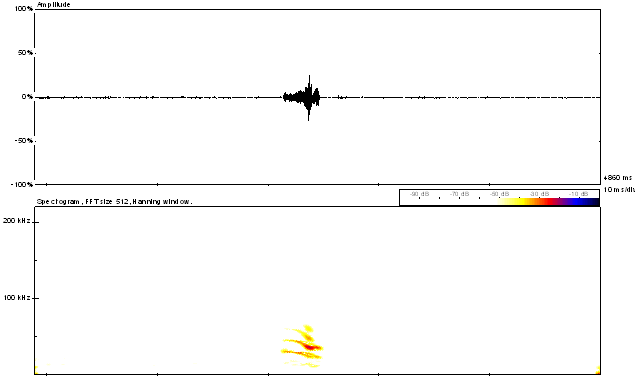
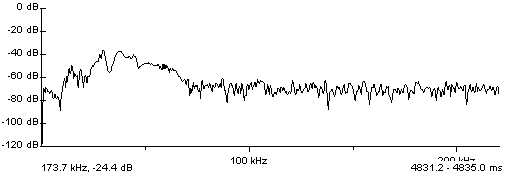
Status and protection
· There is no estimation of population size for China.
· Wrinkle-lipped free-tailed bats are at LR/lc , assessed by the Red List of Threatened Species (IUCN, 2006) and are not listed in the Law of the People's Republic of China on the Protection of Wildlife in 1989.
· Caves should be protected as their habitats. Guano is harvested by villagers at Feishu Cave in Guangxi for use as fertilizer and in traditional medicine.